Tag: Numbers
-
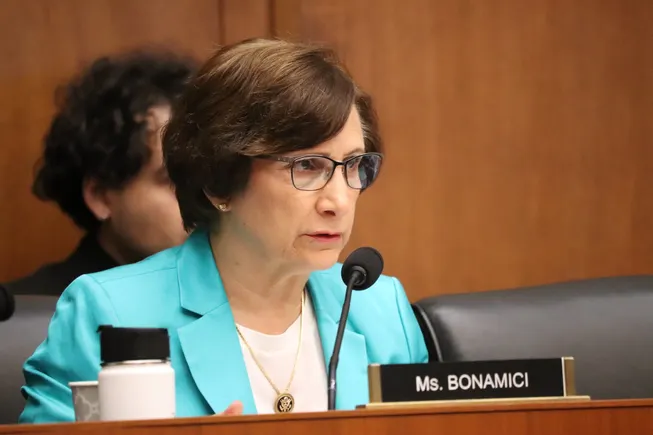
This week in 5 numbers: Sweeping higher ed bill advances
The federal funding that the Trump administration suspended to University of Pennsylvania in March, citing the Ivy League institution’s participation policies for transgender athletes. The U.S. Department of Education concluded this week Penn violated Title IX, though university leaders have said the institution is complying with current law and NCAA policies. -

This week in 5 numbers: 133 international students have legal status restored
We’re rounding up recent stories, from a legal victory for some noncitizen students to Harvard University's legal fight against the Trump administration.
-
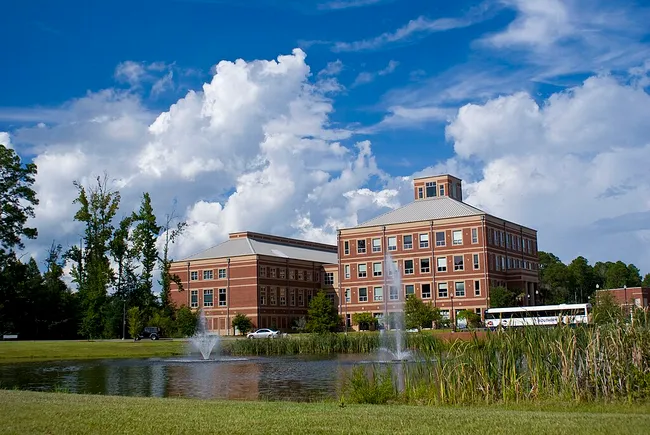
This week in 5 numbers: Another year of growth for faculty salaries
The amount in federal grants the Trump administration froze for Harvard University this week. The move came after the Ivy League institution refused to comply with federal officials’ demands to, among other things, eliminate diversity initiatives, curtail the power of some faculty and audit the viewpoints of students and employees. -
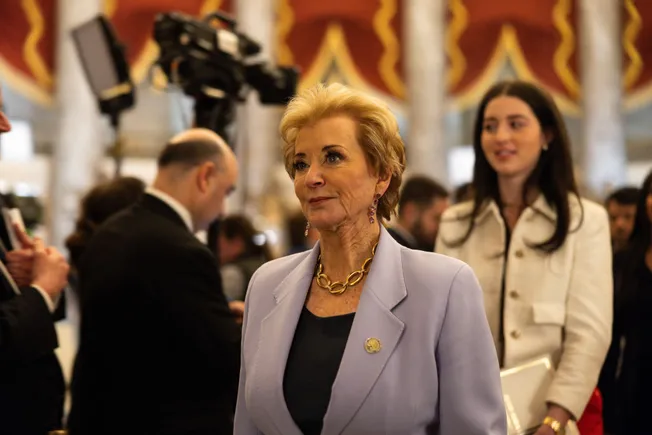
This week in 5 numbers: McMahon defends Education Department dismantling
This audio is auto-generated. Please let us know if you have feedback.From U.S. Education Secretary Linda McMahon’s recent comments to the Trump administration’s latest funding threat to an Ivy League institution, here are the top-line figures from some of our biggest stories of the week.
By the numbers
100+
How many union employees were recently fired from the U.S. Department of Education’s Institute of Education Sciences, the agency’s research and data arm. McMahon said Tuesday at an education and technology conference that the department is looking to revamp IES.
9
The number of demands made by the Trump administration to Harvard University for the Ivy League institution to keep its federal funding, according to a copy of the letter. The requirements include for Harvard to review academic programs the Trump administration considers “biased” and for the university to eliminate diversity, equity and inclusion initiatives.
15%
The National Institutes of Health’s proposed rate cap on reimbursement for indirect research costs. However, a federal district judge permanently barred the NIH last week from implementing the policy, ruling the agency lacked the legal authority to make the change.
3
The number of federal lending programs the Education Department named when announcing plans to revise student aid regulations. The agency indicated it hopes to make changes to two income-driven repayment plans, as well as the Public Service Loan Forgiveness Program, which clears debts for public servants after they make a decade of qualifying payments.
22,000
How many students attending private nonprofit colleges who could be rendered ineligible for a popular grant program in Florida under a new legislative proposal. Florida lawmakers are mulling performance metrics — including minimum graduation rates — for institutions to be able to participate in the program.
-
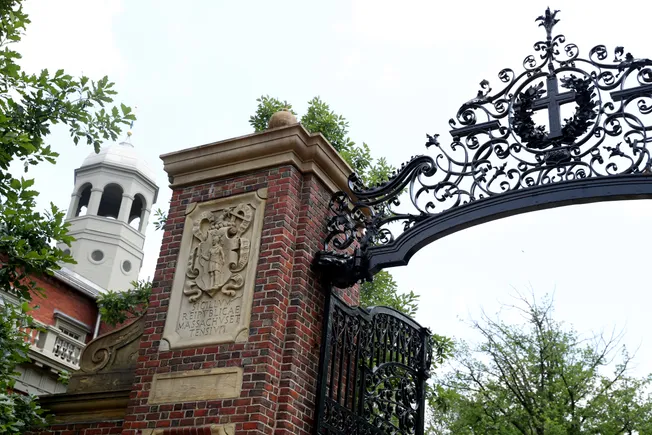
This week in 5 numbers: Harvard comes under scrutiny of Trump administration
We’re rounding up recent stories, from one Ivy League university facing a multibillion-dollar federal review to another losing its president in under a year.
-
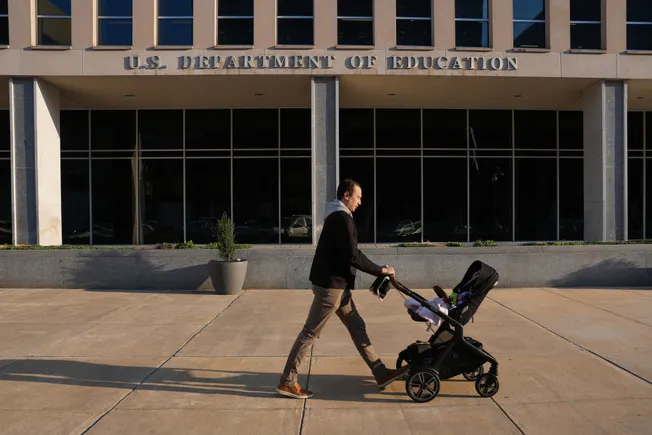
This week in 5 numbers: Education Department opens probes into over 50 colleges
The number of colleges being investigated by the Education Department’s Office for Civil Rights over allegations their programs and scholarships have race-based restrictions. The agency opened the probes after issuing guidance last month that said colleges are barred from considering race in any of their policies. -

This week in 5 numbers: Education Department puts 60 colleges on notice
The number of colleges put on notice this week by the Education Department over allegations of antisemitism. The agency warned the institutions via letters that it could take enforcement action against them if it determines that they aren’t sufficiently protecting Jewish students from discrimination, including by providing “uninterrupted access to campus facilities and educational opportunities.” -
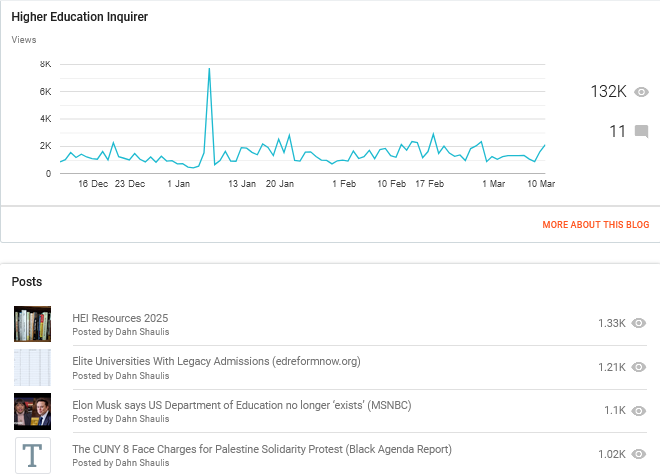
Higher Education Inquirer surpasses half-million views. Recent quarter numbers exceed 130,000.
The Higher Education Inquirer (HEI) continues to show growth by appealing to students, consumers, and workers with interests in the higher education business. Our latest quarter shows approximately 132,000 views. The Higher Education Inquirer’s largest day for viewership was January 6, 2025, marking the fourth anniversary of Donald Trump’s failed attempted to overthrow the US government. While most of our views come from the US, HEI has an increasingly international reach.
-
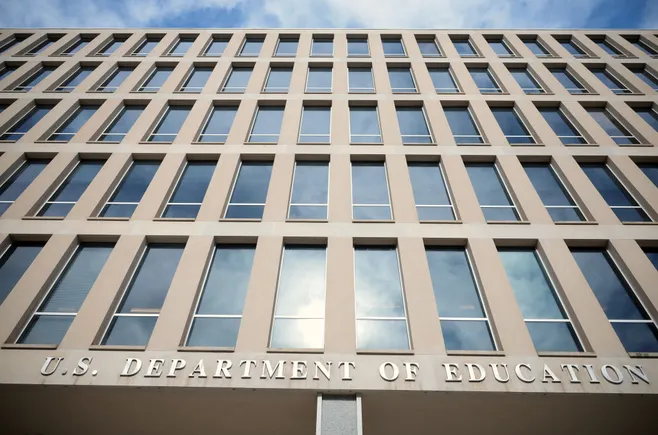
This week in 5 numbers: Education Department adds detail to DEI guidance
The value of the grant portfolio at Johns Hopkins University affected by an “unexpected stoppage” of funds from the U.S. Agency for International Development, the institution announced this week. The research university is bracing for cuts amid funding uncertainty caused by the Trump administration. -
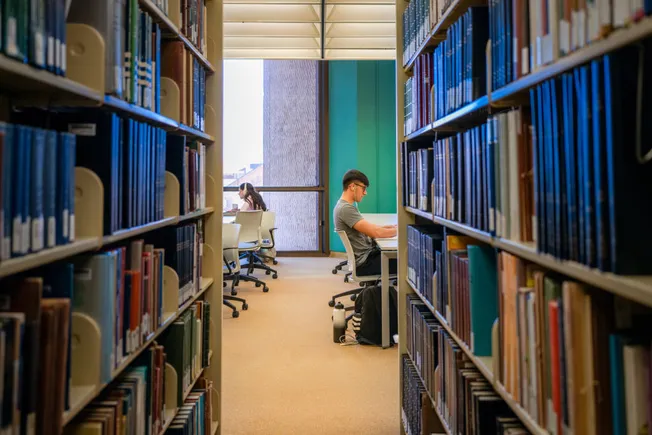
This week in 5 numbers: Why the UT System offers microcredentials for free
How many higher education institutions are overseen by Florida’s university and college systems. This week, Florida Gov. Ron DeSantis launched the state’s own version of the Elon Musk-led Department of Government Efficiency and directed it to work with education officials to cut “unnecessary spending, programs, courses, staff, and any other inefficiencies.”
